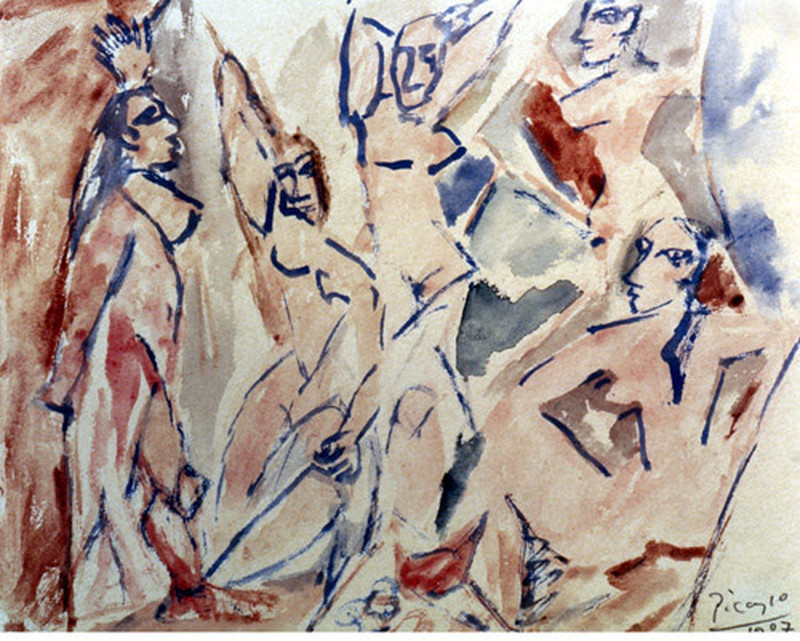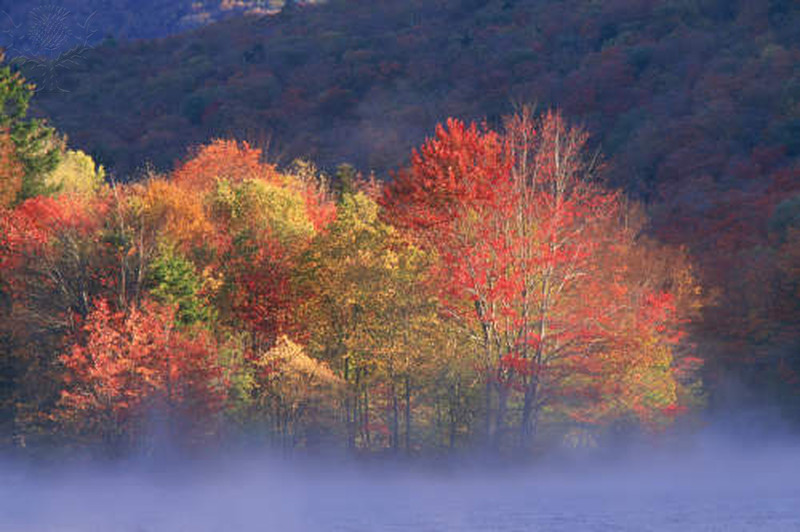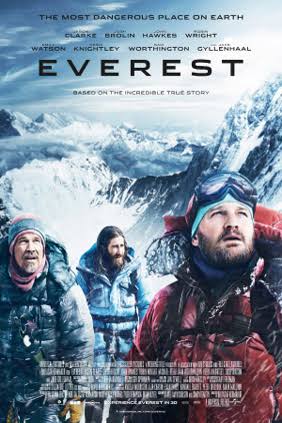by Jason Boulay
Dublin has successfully woven a thread connecting her turbulent past with the celebration of her present. Modernization has transformed this once strife-torn city into a vibrant metropolis rivaling the romance of Paris and the spectacle of Rome. A cosmopolitan city alive with prosperity, an inviting warmth, and a rich tradition, she openly embraces her darkest hours in addition to her poise and beauty. An increase in tourism has contributed to the economic boost Ireland has enjoyed over the past decade. Dubliners have welcomed the influx of new visitors, sharing with their guests Dublin’s unique culture, trendy shops, and above all, Irish charm.

Statue of James Joyce, Dublin, County Dublin, Ireland,/ Roy Rainford / Robert Harding World Imagery / Universal Images Group
I visited this spectacular city during St. Patrick’s Day week, 2012. Dublin was as welcoming as she was secretive; her famous landmarks were both filled with beauty and cloaked in tragedy. It was humbling to walk the same streets, and patronize the same pubs, as some of literature’s greatest voices. Although Ireland’s capital city offers many wonderful experiences, the most rewarding for me are those that combine the beauty of modern Dublin, her literary contributions, and her troubling past.
***
“And this is where Joseph Plunkett and Grace Gifford said their wedding vows,” the teen-aged tour guide informs us. He offers this information begrudgingly, as if he were saying, “Welcome to McDonalds, may I take your order please?”

Joseph Plunkett / Wikimedia Commons

Plunkett’s cell / Jason Boulay
If the novelty of the Irish brogue and its cadences had passed, I very well may have felt insulted at paying nearly ten Euros (about $11) per ticket to tour Dublin’s infamous prison, Kilmainham Gaol.
Our group takes turns peering into Plunkett’s seven-foot by nine-foot jail cell through a small hole in the doors. The iron door is chipped and pocked, and its heavy sliding lock has been frozen in place by decades of neglect.
We are on the ground floor of the three-tiered prison. Iron spiral staircases are located on both sides of the cellblock. They allow for quick access to all levels, while also adding a touch of architectural beauty. The dome shaped ceiling amplifies our voices, just as it once echoed the cries of the inmates.
As we walk along a cold, dimly lit corridor, the lights flicker. The walls are a faded granite-grey and made of individual stones cobbled tightly together. We pass through a small doorway and out into the damp March air.

Place of execution for Plunkett and other leaders of the Easter Rising / Jason Bouolay
The setting sun creates pink tones and warm orange hues that shimmer against the dreary clouds. The sun dips below the mountainous crescent shaped wall that surrounds us. From a distance, the wall appears to be a single slab of stone. As we get closer, the eroding contours of each block, welded together by the passing of time, become clearly visible.
The guide speaks up again. “Within seven hours of the joyful marriage ceremony Joseph Plunkett was executed by firing squad for his part in the Easter Rising of 1916,” he said. “He died right here.” He points down at the densely packed earth.
He continues: “He was one of fourteen political prisoners executed for their participation in the rebellion. The first, executed in the wee morning hours of May 3, 1916. The last, in the late afternoon of May 12, 1916.” He still seems to be contemptuous of his work.
The place where these fourteen men looked up to the cloudy Irish sky for the last time, exhaling their final breaths for Ireland’s independence, is marked with a small black cross. An aged bronze plaque lists their names and dates of execution.
***
Joseph Plunkett was once a ranking member of the Irish Republican Brotherhood, a group considered terrorists by the authorities.
Now, Irish citizens, and tourists alike pass through Joseph Plunkett Train Station during their daily travels through Waterford City, an hour south of Dublin.
The train’s window frames the picturesque emerald landscape as the locomotive chugs up dew-kissed hillsides and down lush country slopes. Flocks of white sheep graze. They show little interest in the large train that shakes the earth below their hooves. They are simply content with the limitless supply of damp grass that God has bestowed upon the Irish countryside.
***
I walk along the streets that frame the Liffey. The moonlight glistens off her tranquil waters. Lovers walk hand in hand admiring her beauty, as they must have since time immemorial.

Temple Bar, Dublin, County Dublin, Republic of Ireland (Eire), Europe/Sergio Pitamitz / Robert Harding World Imagery / Universal Images Group
I turn down a cobble-stoned road and into the Temple Bar District. The narrow sidewalks, full of tourists snapping pictures, are alive with accents and languages from around the globe. Aromas of food and drinkt fill the night air as the crowds pack the restaurants and pubs. Street performers play traditional Irish music as onlookers celebrate the Irish night with laughter and dance.
***
Reportedly, the Duke public house was a favorite of Oscar Wilde and James Joyce. Its facade s a work of art. Gold accents stand in contrast against its black exterior walls and matching awning. Lush plants crowd the flower-boxes outside the second-story windows. Their leaves, stems, and flowers spill over, hanging down just enough to partially cover the sign’s gilded lettering that reads, THE DUKE.
Walking through the narrow door and into the large barroom, I’m ushered into an era long since passed. Rich mahogany covers the walls, ceiling, benches, and bar. Supple leather wraps the stools and fireplace chairs. Legendary Irish Playwright George Bernard Shaw is said to have once danced on these floors.
In the far corner, across from the empty stage, a couple sits in a dark bot lost in conversation. The six round-top tables lined against the windows are filled with small groups of strangers. After several rounds of ale, and perhaps a few whiskeys, the strangers will become one large group of friends. I pull out a bar stool and settle into its soft, well-worn leather cushion. Seated next to me is a stocky gentleman whose feet, far from touching the floor, dangle in the open space between the bar and the hardwoods. He adjusts his gray houndstooth Paddy cap and motions for me to lean in. He tells me an animated tale in a heavy Irish accent, of which I understand less than half. I listen politely, laugh, and order a pint of Guinness.
The bartender pulls a pint glass from the mahogany shelf and slides it under the black tap. He slowly pulls the tap handle, allowing the dark Irish stout to pour—only stopping the flow briefly to let the foam settle. Placing a silver pouring spoon over the mouth of the glass, he once again pulls the handle. The thick Guinness hits the spoon, smoothly running off until the liquid is level with the rim. After letting it sit for a moment to develop a head, he slides the pint across the bar. With a slight nod,I take a sip, silently toasting to Oscar Wilde’s loyal Swallow and the lead heart that would not melt.
Jason Boulay is an Army veteran who served in Afghanistan from 2002-2003 as a military police officer, attached to the 82nd Airborne Division. He is a senior at Bryant University, in Smithfield, Rhode Island, RI, double majoring in political science and communication, and minoring in management.
Photo credits: Statue of James Joyce, Dublin, County Dublin, Ireland, Eire. Photography. Encyclopædia Britannica ImageQuest. Web. 6 Jan 2016.
Temple Bar, Dublin, County Dublin, Republic of Ireland (Eire), Europe. Photography. Encyclopædia Britannica ImageQuest. Web. 6 Jan 2016.
http://quest.eb.com/search/151_2590053/1/151_2590053/cite
 Cicero denounces Catline.
Cicero denounces Catline.

















